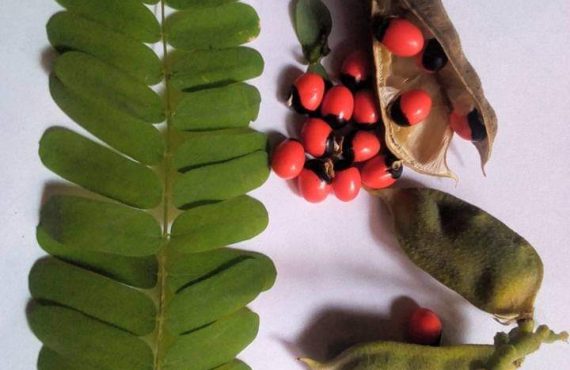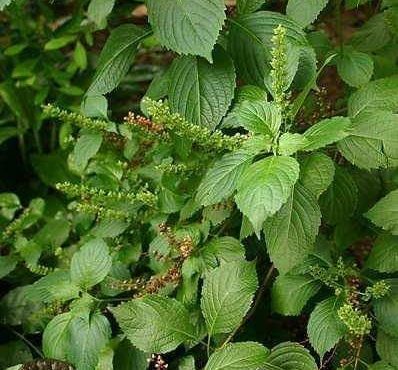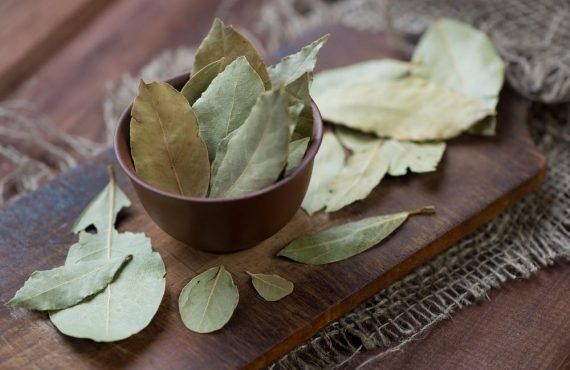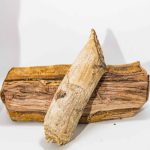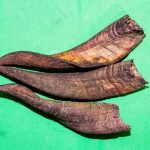
0 0
What The Bible Says About Herbs And Plants

The Bible is full of wisdom and guidance on living a good and holy life. Many passages reference plants, herbs, trees, and vines as symbols of something greater. These Old Testament symbols are often explained by New Testament verses that go into more detail about their meaning. The Bible also includes specific instructions on how to use plants for healing and other spiritual practices. Experts believe that some of the earliest botanical knowledge was recorded in the Bible because of the many references to plants and their uses. Plants were used for food, oil, wine, medicine, clothing, building materials, cosmetics, and rituals like purification or sacrifice. Various plants are mentioned in the Bible for their beauty (lilies), aroma (incense), taste (vinegar), or juice (grapes). Other plants were used for their medicinal properties (mint) or raw material value (cotton).
Bible Verses About Herbs And Plants

Like many of the plants mentioned in the Bible, there are many different interpretations of where these plants came from and what they mean. But there are some specific verses that can help explain the details of their symbolism and usage. • Almond – In the Book of Genesis, almonds are listed as one of the foods that Jacob gave his sons while he was dying. Almonds are a symbol of goodness and piety, representing the promise of God’s blessing. The almond’s white color and empty center represent the Eastern idea of perfection and being “full of promise.” • Cedar – The cedar is a symbol of strength and beauty, representing immortality, majesty, and dignity. The cedar’s smell is a reminder of the sweetness of God’s presence. The cedar tree’s branches are sturdy and flexible, representing the promise of a long life and upright character. The cedar’s wood is also used to create a special, fragrant incense used in divine worship. • Cinnamon – Cinnamon’s sweet smell and red color represent the warmth of God’s love, while its spiciness is a reminder of God’s justice. Cinnamon bark is often used to make a fragrant incense. In the New Testament, the Book of Revelation mentions cinnamon as a symbol of a virtuous woman. • Citron – Citron is a fragrant plant symbolizing sweetness, joy, and gladness.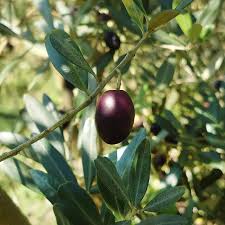
In the New Testament, one of Jesus’s twelve apostles is called “the one who has the citron.” Citron is also used in ritual sacrifices, representing the fragility of life. • Cumin – Cumin is a pungent, fragrant herb symbolizing divine favor. The Book of Isaiah mentions cumin as a gift of God’s love to his people. Cumin is also used in ritual sacrifices as a symbol of the fragility of life. • Cypress – The cypress is a fragrant evergreen tree representing immortality and strength. The cypress’s branches are like those of a cedar, but are more flexible, representing the promise of a long life and upright character. • Dill – Dill is a sweet-smelling herb symbolizing patience and tranquility. In the New Testament, the Apostle Peter is called “the one who has the dill.” Dill is also used in ritual sacrifices as a symbol of fragility, or the brevity of life. • Fir – The fir is a fragrant evergreen tree symbolizing strength, joy, and righteousness. Fir resin is often used to create incense and is a symbol of divine glory. In the New Testament, Jesus is called the “fir tree,” referring to his steadfast faithfulness to God. • Frankincense – Frankincense is a type of resin that comes from a fragrant tree symbolizing divine glory and purity. Frankincense is often used to create special incense and is a symbol of divine worship. In the New Testament, Jesus is called a “frankincense tree,” referring to the special gifts he gave to God’s people. • Grapes – The grapevine is a symbol of divine love. The grape’s sweet and fragrant taste represents the brightness and purity of God’s love. Grapes are also used to create a special liquid that is used in ritual sacrifices and divine worship. In the New Testament, Jesus is called “the vine,” referring to his divine love that flows through his people. • Lilies – The lily is a fragrant flower representing the beauty of God’s holiness. 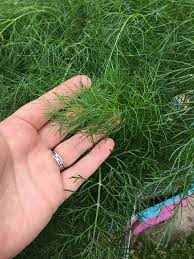
The lily’s red color is a reminder of God’s justice and its softness represents the gentleness of his love. • Myrrh – Myrrh is a fragrant resin symbolizing divine glory and majesty. Myrrh is often mixed with other spices to create special incense and is a symbol of divine worship. In the New Testament, Jesus is called a “myrrh tree,” referring to his fragrant holiness. • Myrtle – Myrtle is a fragrant bush symbolizing divine love. The myrtle bush’s red berries are often used in ritual sacrifices as a symbol of divine glory. • Olive – The olive is a symbol of strength and peace, representing divine goodness and mercy. The olive’s oil is often used to anoint people’s bodies and is a symbol of divine glory. In the New Testament, the olive branch is used to symbolize peace between Israel and its enemies. • Palm – The palm is a symbol of victory and triumph, representing divine providence. The palm’s upright nature is a reminder of the steadfast love of God. The palm’s strong fibers are often used to create ropes and are a symbol of divine providence. In the New Testament, palm branches are used to welcome Jesus when he enters Jerusalem. • Poplar – The poplar is a fragrant tree symbolizing divine providence. The poplar is often used as a source of incense and is a symbol of divine worship. In the New Testament, the Apostle James is called “the one who has the poplar.” • Reed – The reed is a fragrant grass symbolizing humility and gentleness. The reed’s soft fibers are often used to make clothing and are a symbol of divine providence and the gentleness of God’s love.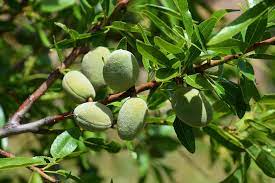
In the New Testament, the Apostle John is called “the one who has the reed.” • Saffron – Saffron is a fragrant spice symbolizing divine glory. Saffron is often used in ritual sacrifices and is a symbol of divine worship. In the New Testament, Jesus is called a “saffron tree,” referring to his divine glory. • Spikenard – Spikenard is a fragrant flower symbolizing the sweetness of God’s love. Spikenard is often used to create special oil and is a symbol of divine glory. In the New Testament, Mary anoints Jesus’s feet with spikenard. • Stacte – Stacte is a fragrant resin symbolizing divine glory. Stacte is often used to create special incense and is a symbol of divine worship. In the New Testament, God’s divine glory is referred to as “a stacte tree.”
There Are No Problems Associated When You Use Herbal Oil,Soap,Concoction/solution both spiritual and physical because God has blessed all for mankind to use to solve daily predicaments.At nufutene herbal we have solutions to human problems both health wise and spiritual.
Prophecies About Herbs And Plants

The Bible contains many prophecies about herbs and plants. Some of these prophecies have already come true, while others continue to be fulfilled today. Some of the most notable biblical plants and herbs include the following: • Aloe – Aloe represents the blessings and comfort of God. • Basil – Basil represents the fragility of life and the brevity of our time on Earth. • Cedar – Cedar represents the long life and upright character of God’s people. • Cinnamon – Cinnamon represents the warmth of God’s love and the virtue of his people. • Citron – Citron represents the fragility of life and the promise and sweetness of God. • Cumin – Cumin represents the divine favor of God and the glory of his providence. • Cypress – Cypress represents the immortality of God’s people and the strength of his power. • Frankincense – Frankincense represents the glory of God and the beauty of his holiness. • Grapes – Grapes represent the brightness of God’s love and the promise of his providence.
0 0

